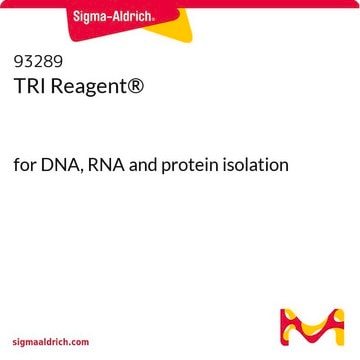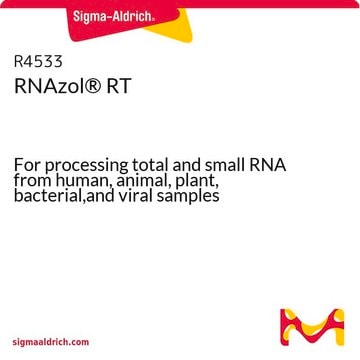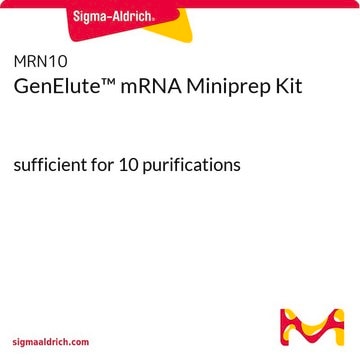The Product Information available under More Documents or at this link (https://www.sigmaaldrich.com/deepweb/assets/sigmaaldrich/product/documents/436/845/t3809bul.pdf) provides the following instructions:
I. Sample Preparation:
1A. Serum: Add 0.25 ml of serum to 0.75 ml of TRI Reagent BD. Close the tube and shake the solution by hand or vortex, ensuring that mixing is thorough.
1B. Whole Blood or Plasma: Add 0.2 ml of whole blood or plasma to 0.75 ml of TRI Reagent BD supplemented with 20 ml of 5 N acetic acid per 0.2 ml of whole blood or plasma. Close the tube and shake the solution by hand or vortex, ensuring that mixing is thorough.
It is possible to use whole blood (blood that has been allowed to clot), serum, or plasma. Blood that has clotted would be referred to as a clot plus serum or simply as clotted blood. If you are freshly drawing the blood and adding immediately to the Tri Reagent, an anticoagulant would not be required. For serum samples, the blood is simply allowed to clot. The clot is spun down and serum is collected above the clot. If plasma is used, this indicates the blood is first drawn into either a tube containing an anticoagulant or drawn with a syringe and then transferred to a tube containing an anticoagulant. The blood is then centrifuged and the plasma is removed before adding to the Tri Reagent. We would not recommend allowing the blood to clot and then trying to add the clotted blood to the Tri Reagent.



















